individual.backToEducation
Vida Silvestre
Vida Silvestre
Vida Silvestre
All about the American Black Bear in Nuevo León
Javier Garza
individual.team página
Introducción
Meet the American Black Bear in Nuevo León! 🐻🌲 Discover their habitat in mountains such as Cumbres de Monterrey and how to protect this endangered species. 🌿🔍
What bears live in Nuevo León?
In Nuevo León, only one species of bear is found: the American Black Bear (Ursus americanus). This bear is generally black in color, measures between 60 centimeters and 3 meters long, and can weigh up to 300 kilos. The subspecies that inhabits Nuevo León, known as Eremicus, is in
danger of extinction.A few centuries ago, the Grizzly Bear also existed in the region, but it is currently considered extinct due to uncontrolled hunting.
What bears live in Nuevo León?
In Nuevo León, only one species of bear is found: the American Black Bear (Ursus americanus). This bear is generally black in color, measures between 60 centimeters and 3 meters long, and can weigh up to 300 kilos. The subspecies that inhabits Nuevo León, known as Eremicus, is in
danger of extinction.A few centuries ago, the Grizzly Bear also existed in the region, but it is currently considered extinct due to uncontrolled hunting.
Where do bears live in Nuevo León?
Bears in Nuevo León are mainly located in mountainous areas, such as Cumbres de Monterrey Park (where the largest population is located), the Sierra de Picachos Protected Natural Area (ANP) (with the highest density), the Cerro de la Silla ANP, and the Cerro del Potosí ANP, among other places.
Where do bears live in Nuevo León?
Bears in Nuevo León are mainly located in mountainous areas, such as Cumbres de Monterrey Park (where the largest population is located), the Sierra de Picachos Protected Natural Area (ANP) (with the highest density), the Cerro de la Silla ANP, and the Cerro del Potosí ANP, among other places.
How do bears live?
Although the American Black Bear is an omnivore, its diet is comprised primarily of leaves, grasses, acorns and other vegetables. Unlike other species such as the Polar Bear or the Grizzly Bear, which hunt for food, the Black Bear rarely hunts animals, although it is capable of doing so
if necessary.A bear's habitat can stretch for hundreds of kilometers. However, bears that are affected by urbanization often reduce their range to smaller areas. A bear that begins to rummage through garbage dumps in urban areas may have a short lifespan due to an inadequate diet and the ingestion of plastics, since they cannot
distinguish between food and packaging.The average life expectancy of the American Black Bear is 10 years, although in exceptional cases they can live up to 30 years.
How do bears live?
Although the American Black Bear is an omnivore, its diet is comprised primarily of leaves, grasses, acorns and other vegetables. Unlike other species such as the Polar Bear or the Grizzly Bear, which hunt for food, the Black Bear rarely hunts animals, although it is capable of doing so
if necessary.A bear's habitat can stretch for hundreds of kilometers. However, bears that are affected by urbanization often reduce their range to smaller areas. A bear that begins to rummage through garbage dumps in urban areas may have a short lifespan due to an inadequate diet and the ingestion of plastics, since they cannot
distinguish between food and packaging.The average life expectancy of the American Black Bear is 10 years, although in exceptional cases they can live up to 30 years.
How to distinguish your fingerprint?
We can identify a black bear footprint by looking at three distinctive parts:
- Palm: It is oval, almost rectangular, and slightly larger than the average adult's hand .
- Fingers: There are four fingers just in front of the palm, which appear to be separated from the palm. They are small, but can be clearly seen due to the heavy weight of the bear.
- Claws: They are sometimes visible, although sometimes they can be difficult to distinguish on the ground.
How to distinguish your fingerprint?
We can identify a black bear footprint by looking at three distinctive parts:
- Palm: It is oval, almost rectangular, and slightly larger than the average adult's hand .
- Fingers: There are four fingers just in front of the palm, which appear to be separated from the palm. They are small, but can be clearly seen due to the heavy weight of the bear.
- Claws: They are sometimes visible, although sometimes they can be difficult to distinguish on the ground.
What to do if you encounter a bear?
Stay calm.
Observe the behavior of the bear.
If you think the bear might attack you, get big, make some noise, and group up with other hikers if possible.
Do not approach the bear, try to scare him away from a safe distance.
If the bear shows no signs of aggression, keep a safe distance and move away slowly. In a few minutes, the bear will probably continue on its way.
This post was created thanks to the valuable information provided by La Estanzuela Natural Park and Parks and Wildlife.
We appreciate your contribution to helping us better understand the American Black Bear and its habitat in Nuevo León.

